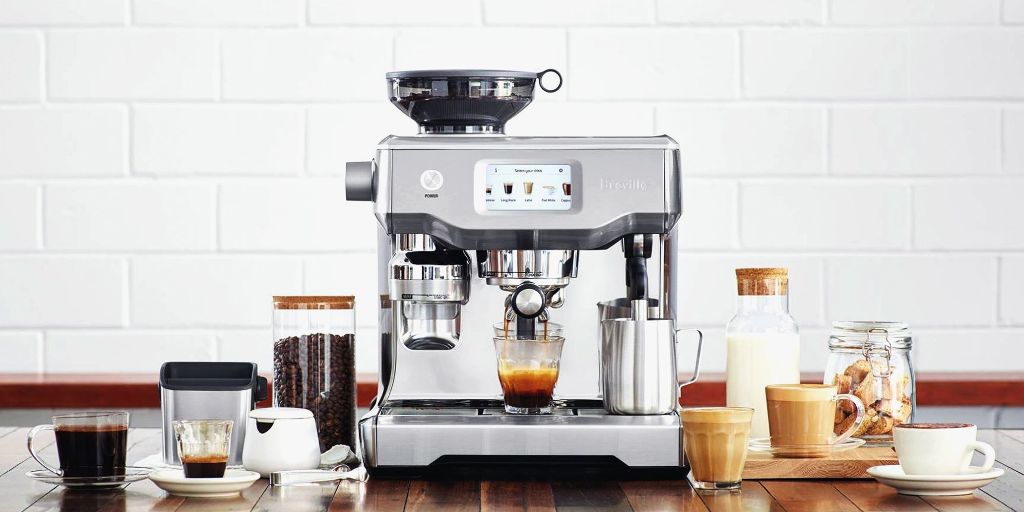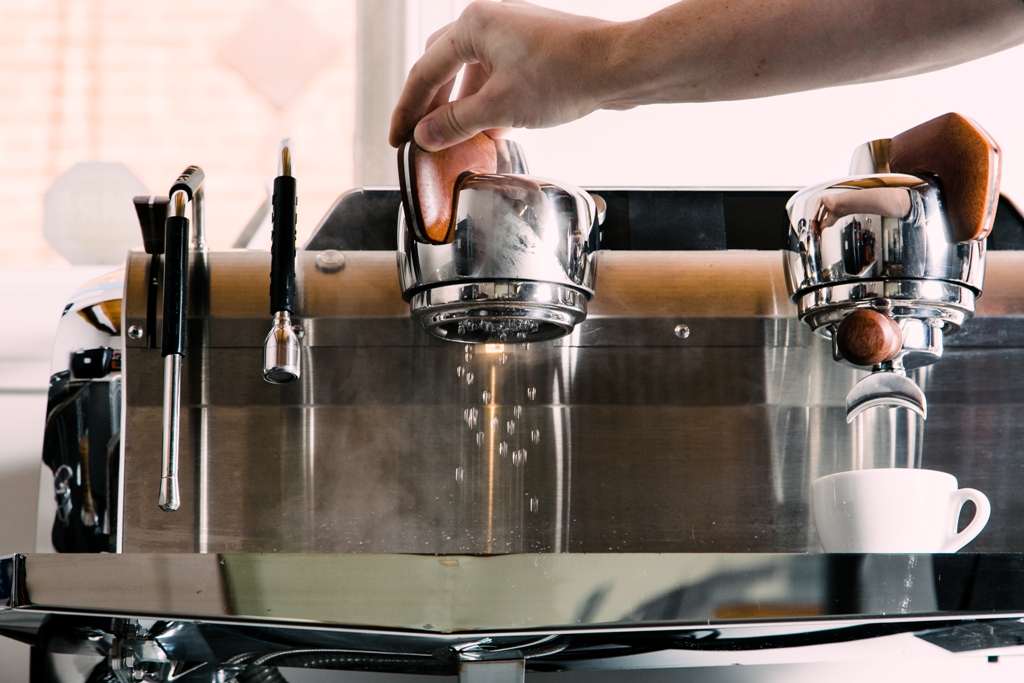If you are a coffee lover, you’ve probably come across the quote, “I like my men the same way I like my coffee: tall, dark, and rich” at some point. Maybe it applies to you, or maybe, you love your coffee more than any man. Either way, you won’t enjoy your morning coffee as much as you’d like if your espresso machine is broken. Knowing how to care for it is essential for its longevity and your good time.
So, the question is, how do you care for your espresso machine under 200?
In this article, we shall give you tips on how to properly care for and clean your machine. We’ll also talk about inspection and maintenance to help you get the most from your machine.
What to clean after each use

Coffee beds are hotbeds of mold and bacteria, so you need to clean them as often as you can. This may come as a shock to many, but it is true. To prevent the accumulation of residue and development of any unwanted flavors, you want to thoroughly clean the lids, brew basket and carafe after each use. The good thing about drip coffee makers is that most of their parts are dishwasher safe. But if they are not, or if you aren’t sure, then you can wash them by hand using warm, soapy water. A clean coffee machine delivers tasty coffee.
What to clean occasionally
Water contains minerals that can accumulate in the machine and end up blocking the tubes and making it difficult to brew coffee. So it’s essential to wash the inside of the machine at least once a month. Here is how to do it:
- Mix 50% water and 50% white vinegar (natural cleaning solution)
- Put the coffee sieve in the brewing reservoir and pour the cleaning solution
- Brew coffee pot as you normally would. This will clear and leftover coffee oils and remove any bacterial build-up
- Once the brewing process is done, switch off the coffee maker and let the cleaning solution sit in the pot for 10 to 15 minutes
- Pour out the solutions and run clean, fresh water through the pot once or twice to clear any vinegar taste
Deep cleaning tips
Dismantle all the pieces of your machine and soak them in a basin of hot soapy water at least once every week. This clears any set-in grime, stains and built-up coffee residue that can cause the old, burnt taste that’s commonly linked to gas station coffee.
Proper use of the machine

Coffee makers deteriorate and wear rapidly – so; you need to use it correctly. For instance, it’s critical to use the specified amount of coffee and water every time. Note that it’s better to overfill the water tank than to underfill it as the latter will allow air into the system. The same applies to coffee. If you use less coffee, the equipment will produce a thin drink.
Turn off your machine
The latest coffee maker models switch off automatically after minutes of no use. This not only saves on energy but also lengthens the device’s life. Automation reduces the frequency of use of the machine and enables it always to run as though it’s still new. However, if your machine doesn’t include the automatic feature, you’ll need to turn it off manually after use. Otherwise, it will wear down real quick.
Regular maintenance
Having a well-defined maintenance schedule is an excellent way of keeping your coffee machine in excellent working condition. In addition to cleaning as specified above, you should perform regular maintenance to get the best result. Maintenance can include simple procedures like dusting your machine to using canned air at least once every month.
Inspection for wear or damage

As you perform maintenance on your machine, be sure to check for any cracks that could be forming on the pot or any signs of wear. Common signs of problems include burn marks, damaged or frayed cord, warped plastic parts or streaks or spots of water. You should also conduct additional maintenance for unpredictable issues. This may include things like cleaning up burnt-on coffee on the heating plate to replacing cracked filter basket.






